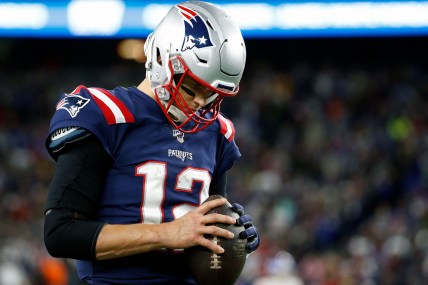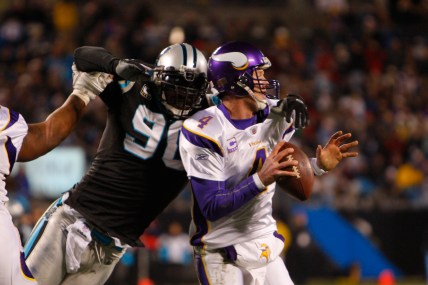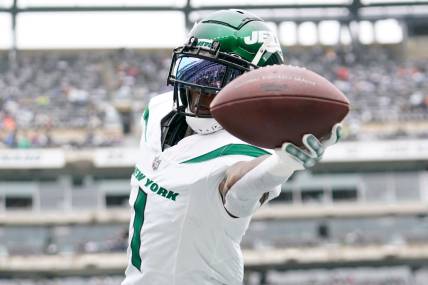The NFL concussion protocol has come under greater scrutiny within the last year. After being put under the spotlight in 2022 with Miami Dolphins quarterback Tua Tagovailoa, the concussion protocol and the speed at which players are cleared have come into question.
Tagovailoa considered retirement this offseason after sustaining three head injuries during the 2022 season. While he ultimately returned and hasn’t had any issues since, Purdy’s recent blows to the head have brought the NFL’s concussion protocol back under scrutiny.
Related: Where does NFL revenue come from?
Purdy entered the NFL concussion protocol following a Monday Night Football loss to the Minnesota Vikings. In most cases, NFL players don’t clear the protocol steps in time to play on Sunday. However, Purdy received clearance just 24 hours before kickoff.
Unfortunately, Purdy seemed to suffer another blow to the head on Sunday. Chris Nowsinski, a neuroscientist who founded the Concussion Legacy Foundation, criticized the 49ers for allowing Purdy to play just six days after suffering a concussion.
Dianna Russini of The Athletic recently wrote about the NFL concussion protocol prior to Week 8. With it becoming a story every week, especially this past Sunday, Russini provided insight into the process quarterbacks like Brock Purdy and Kenny Pickett experience.
While the NFL lists its protocol and steps online, every concussion is different and teams have learned from experience how to handle things. So, one team executive provided perspective on what NFL clubs are taught about the protocol.
NFL concussion protocol steps
1. Player reports to trainers a symptom such as light sensitivity, nausea or headaches. They give a severity score of 0-10. Zero is nothing, 10 is extreme.
2. Once the player reports all symptoms at zero, he can begin activities like treadmill, weight lifting and conditioning.
3. The next step is to return to practice for warmups and individuals.
4. Then it would be for a full practice
5. The player then has to pass an impact test (Baseline Neurological Evaluation). This is what it all comes down to. There’s memorization, stacking and comprehension involved. Each player takes this same test at the start of training camp, and the score is compared to that established baseline. A player once told me that it’s a challenging test to pass and that many players bomb it.
6. The player has to then be cleared by an independent specialist.
In this case, because Purdy didn’t leave the Week 7 game against Minnesota with a head injury, his concussion-like symptoms in the hours following landed him in the NFL concussion protocol.
On Wednesday, October 25, Purdy was a non-participant in practice, which means he didn’t report having those symptoms at a ‘zero’ to medical officials. However, he was a limited participant in Thursday’s practice and then upgraded to a full participant on Friday. Only after that, was he then put through the Baseline Neurological evaluation test to determine if he would fully clear the NFL concussion protocol.
While Purdy might’ve been cleared to play in Week 8, there’s a strong argument to be made that the spotter and independent neurologist at the stadium should’ve removed Purdy from the Bengals’ game after his head slammed into the ground and he immediately grabbed his helmet.
Knowing all the steps required to clear the concussion protocol, it’s fair to assume most players who enter the concussion protocol during a game and aren’t cleared to return won’t play the following week.


